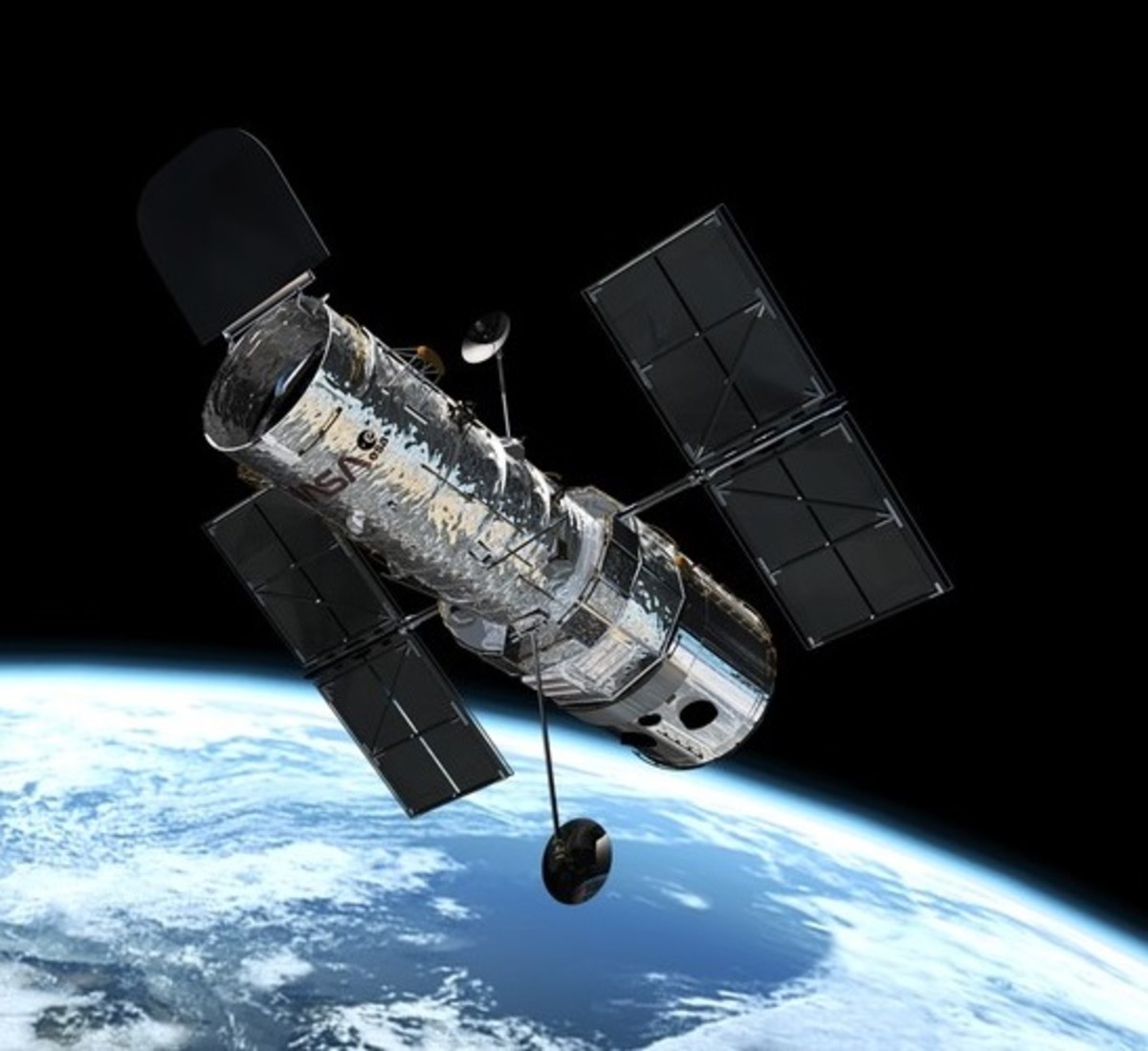

The telescope is 14 years behind schedule and 20 times over budget. The rocket is scheduled for liftoff from Kourou, French Guiana, on December 22, more than 30 years after its payload, the James Webb Space Telescope (JWST), was first envisioned and sketched. If the sunshield snags as it unfurls, the whole telescope will turn into space junk.Ĭurrently, the telescope - which has, incredibly, been built - is folded up and ready to be placed atop an Ariane 5 rocket. Fabric is, engineers say, “nondeterministic,” its movements impossible to perfectly control or predict. (The whole observatory, for that matter, including its mirrors, cameras and other instruments, its transmitters and its power sources, must have only about 2% of the typical mass of a large ground-based telescope.) Nothing about building a giant yet lightweight infrared-sensing spacecraft is easy, but the unavoidable use of fabric makes it an inherently risky affair. In order to unfurl to large enough proportions without weighing down a rocket, the sunshield must consist of thin fabric. The sunshield is both an infrared telescope’s only hope and its Achilles heel. Shaded in this way, the telescope can finally enter a deep chill and at long last detect the feeble heat of the cosmic dawn. There, the moon, Earth and sun all lie in the same direction, letting the telescope block out all three bodies at once by erecting a tennis court-size sunshield. Unless, that is, the telescope heads for a particular spot four times farther away from Earth than the moon called Lagrange point 2. But for the telescope to work, one more element is required, beyond a flawless mirror that autonomously unfolds and focuses after being shot into the sky.Įven in outer space, the Earth, moon and sun all still heat the telescope too much for it to perceive the dim twinkle of the most distant structures in the cosmos. The ability to see faint infrared sources doesn’t just grant you access to the universe’s formative chapter - roughly the period from 50 million to 500 million years after the Big Bang - it would reveal other, arguably just as significant aspects of the cosmos as well, from properties of Earth-size planets orbiting other stars to the much-contested rate at which space is expanding. Spectacularly precise motors are needed to achieve a good focus - motors that can nudge each mirror segment by increments of half the width of a virus until they’re all in place. But in order to collectively create sharp images, the mirror segments, after autonomously unfolding in space, must be in virtually perfect alignment. A mirror can only fold if it’s segmented - if, instead of a single, uninterrupted surface, it’s a honeycomb array of mirror segments. The mirror, then, must be able to fold up. The catch is that a house-size mirror is too large to fit in any rocket fairing.


To perceive those stars, the telescope with its big perfect mirror has to be very cold. Alas, these local heat sources swamp the pitiful flames of primeval stars. But infrared light is the kind of atom-jiggling light we refer to as heat, the same heat that radiates from our bodies and the atmosphere and the ground beneath our feet. Ultraviolet and visible light spewed by the farthest stars in the sky stretched to around 20-times-longer wavelengths during the journey here, becoming infrared radiation. The reason no one has seen the epoch of galaxy formation is that the ancient starlight, after traveling to us through the expanding fabric of space for so many billions of years, has become stretched. The very faintest, farthest galaxies we would see still in the process of being born, when mysterious forces conspired in the dark and the first crops of stars started to shine.īut to read that early chapter in the universe’s history - to learn the nature of those first, probably gargantuan stars, to learn about the invisible matter whose gravity coaxed them into being, and about the roles of magnetism and turbulence, and how enormous black holes grew and worked their way into galaxies’ centers - an exceptional mirror is not nearly enough. Only a mirror so huge and smooth can collect and focus the faint light coming from the farthest galaxies in the sky - light that left its source long ago and therefore shows the galaxies as they appeared in the ancient past, when the universe was young. Its surface must be so smooth that, if the mirror were the scale of a continent, it would feature no hill or valley greater than ankle height. To look back in time at the cosmos’s infancy and witness the first stars flicker on, you must first grind a mirror as big as a house.


 0 kommentar(er)
0 kommentar(er)
